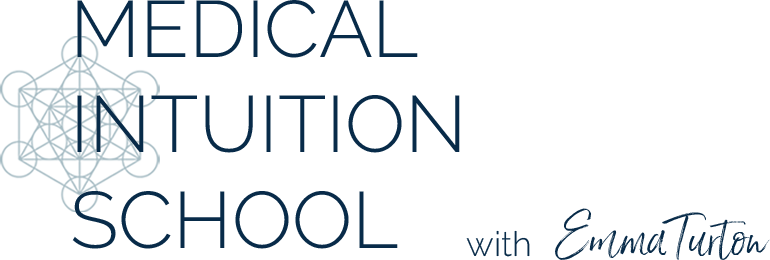The Deeper Diagnosis: Investigating Medical Intuition Beyond the Surface
We often think of medicine as a discipline grounded in the tangible world–lab results, empirical data, and visible symptoms. But there exists a parallel universe within the medical profession, a less charted territory where intuition merges with science, and diagnosis transcends the physical to encompass the spiritual, emotional, and energetic. Welcome to the world of medical intuition, a practice shrouded in skepticism by some, yet regarded with reverence by those who have experienced its subtle, yet profound, effects.
Unpacking Medical Intuition
At its core, medical intuition is the art of seeing beyond what the naked eye perceives. It’s not about X-rays or MRIs; it’s about an intuitive perception that complements the diagnostic toolkit of medical professionals. Skeptics often dismiss it as pseudoscience, yet throughout history, many renowned physicians have acknowledged the role of intuition in their work. Dr. William Osler, one of the founding professors of Johns Hopkins Hospital, once remarked that “Listen to your patient, he is telling you the diagnosis.”
The Intuitive Eye and Its Practice
Imagine a medical practitioner being able to ‘read’ a patient’s body, not just for symptoms but for the underlying cause. This is where the intuitive eye comes into play, guided by both innate sensitivities and rigorous practice. The practitioner may detect subtle changes in a person’s energy, recognize patterns that link physiological imbalances to emotional distress, or understand the influence of past trauma on one’s present physical well-being.
Balancing Skepticism and Openness
The key to appreciating the value of medical intuition is finding a balanced perspective. While it’s important to approach any holistic practice with a level of skepticism, it is also crucial to acknowledge that scientific understanding has its limitations. We’re only beginning to grasp the intricacies of the human body-mind-spirit connection.
Does Intuition Have a Place in Modern Medicine?
In a healthcare system that tends to compartmentalize symptoms and body parts, the concept of intuition guiding diagnosis can seem far-fetched. Yet, as we move towards a more patient-centric model of care, the integration of medical intuition may offer a more holistic approach to healing. It invites healthcare professionals to listen not only to what is said but also to what is sensed. The potential to prevent and heal by addressing root causes that traditional medicine might overlook is an aspect worth exploring and perhaps even formalizing within our healthcare systems.
The Practical Applications of Intuition in Healing
What does a session with a medical intuitive look like, and how does it stand apart from a typical doctor’s visit? While every practitioner’s approach is unique, certain patterns and principles emerge that distinguish this type of healing.
Engaging with the Patient’s Story
A medical intuitive often encapsulates a role that goes beyond a medical detective. They may sit with patients, listening to their stories without the constraints of a typical office visit. This free-form interaction allows for the emergence of patterns of dis-ease that tie life experiences to physiological responses, encouraging a more comprehensive treatment strategy.
Bridging the Gap Between Conventional and Holistic Medicine
Intuition in medicine does not replace conventional diagnostic tools; rather, it augments them. Integrative practitioners use intuition to suggest areas of further investigation, such as particular blood tests, imaging studies, or consultations with specialists who can offer a medical perspective.
Addressing the Uh Oh Factor
Medical intuition is not without its challenges, particularly when it comes to the “uh oh” moments–instances where intuitive guidance veers significantly from the expected or standardized path of diagnosis and treatment. Such moments can be fraught with professional risk; however, they can also lead to groundbreaking therapeutic insights and offer pathways to healing where none seemed to exist.
Where Do We Go from Here?
The acceptance and integration of medical intuition into mainstream healthcare are far from universal, and it’s uncertain whether it will achieve such status in the near future. Nevertheless, the body of anecdotal evidence supporting its efficacy continues to grow. Perhaps the path forward involves cultivating an environment where intuition can be honed, tested, and integrated into the broader medical dialogue in a responsible, ethical, and beneficial manner.
In conclusion, educating the medical community and the public about the potential benefits of incorporating intuitive practices into medical care is paramount. Research and open dialogue will solidify the role of intuition in the future of health. And while medical intuition may remain a source of debate, it undeniably offers a invitation to explore the subtle interactions between our complex beings and the world that surrounds us.
